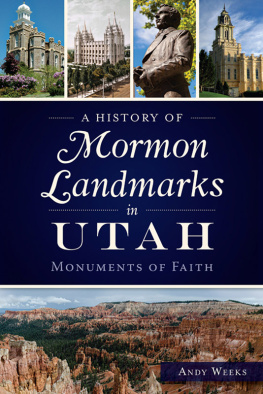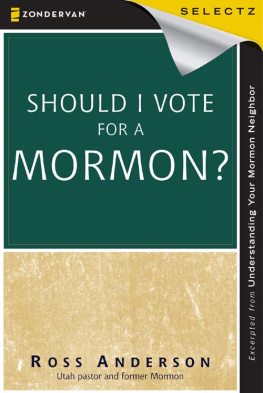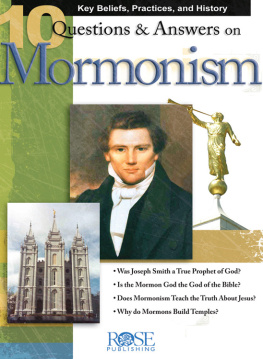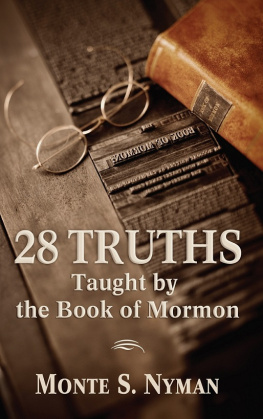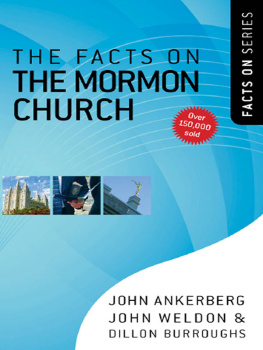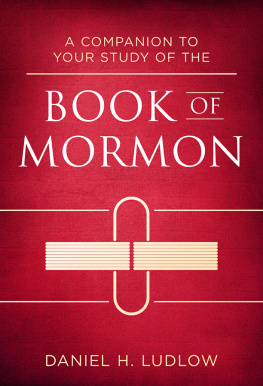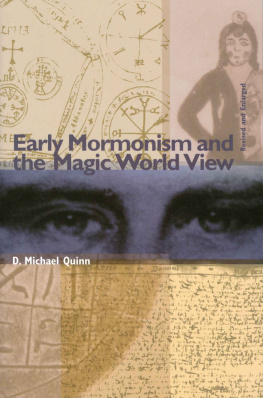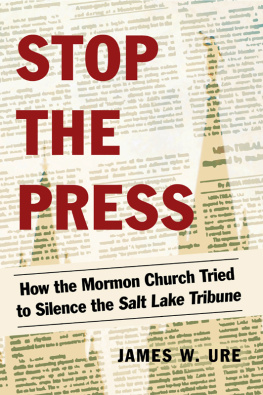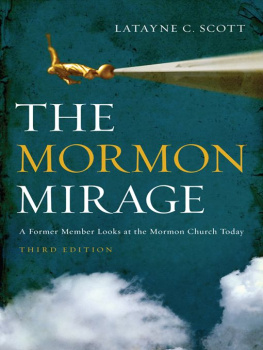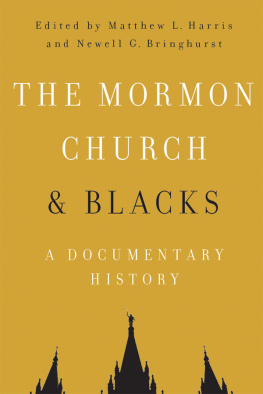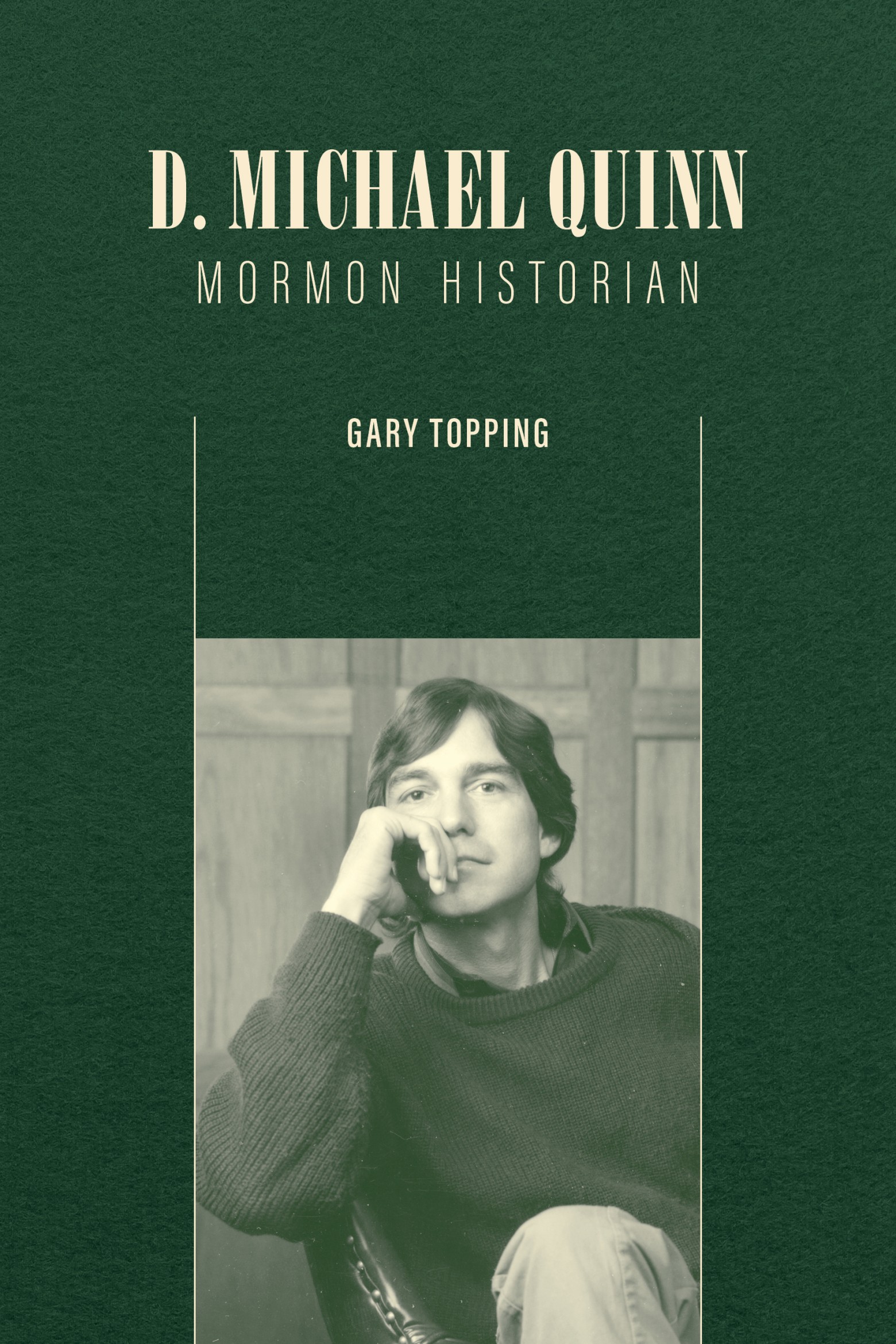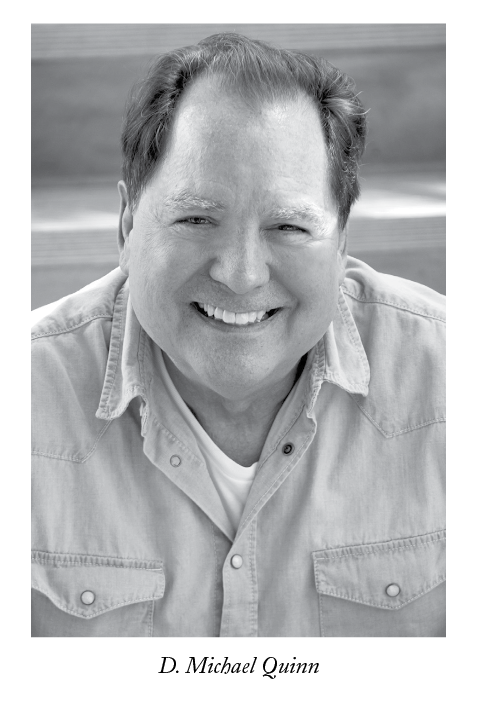D. Michael Quinn
Mormon Historian
Gary Topping
Signature BookS | 2022 | Salt Lake City
2022 Signature Books Publishing LLC. Signature Books is a registered trademark. All rights reserved. Printed in the USA. www.signaturebooks.com
The opinions expressed in this book are not necessarily those of the publisher.
Design by Jason Francis.
First edition | 2022
library of congress cataloging-in-publication data
Names:Topping, Gary, 1941 author.
Title:D. Michael Quinn : Mormon historian / Gary Topping.
Description:First edition. | Salt Lake City : Signature Books, 2022. | Summary: D. Michael Quinn (19442021) was one of Mormonisms greatest historians, though his books have profound relevance to Utah and western history as well. After completing his doctorate in history at Yale University in an almost unprecedented three years, he taught at Brigham Young University from 1976 to 1988. His attraction to difficult themes in Mormon history drew controversy which led to resignation from his academic position and eventual excommunication from the Church of Jesus Christ of Latter-day Saints. His large, elaborately documented books, such as his three volumes on the Mormon hierarchy and his Early Mormonism and the Magic World View, set a new standard for Mormon historical scholarship Provided by publisher.
Identifiers:LCCN 2021048013 (print) | LCCN 2021048014 (ebook) | ISBN 9781560854449 (paperback) | ISBN 9781560854159 (ebook)
Subjects:LCSH: Quinn, D. Michael, 19442021. | Brigham Young UniversityFacultyBiography. | Church of Jesus Christ of Latter-day SaintsHistoriography. | Religion historiansUnited StatesBiography. | Mormon gaysBiography. | Ex-church membersChurch of Jesus Christ of Latter-day SaintsBiography. | Mormon ChurchHistoriography. | LCGFT: Biographies.
Classification:LCC BX8695.Q46 T67 2022 (print) | LCC BX8695.Q46 (ebook) | DDC 289.3092 [B]dc23/eng/20211013
LC record available at https://lccn.loc.gov/2021048013
LC ebook record available at https://lccn.loc.gov/2021048014
For Marianna
Acknowledgments
This book would not have existed without Gary James Bergera, managing director of the Smith-Pettit Foundation. In fact, the idea was his; when he asked me to consider writing it, I protested that I thought myself unqualified. The reader will have to judge which of us was right. Gary even provided me with access to vast files of primary and secondary sources that he had been collecting over the years, and which are now housed at Signature Books Publishing. Gary could have written the book, but since he didnt and I did, I accept full responsibility for its contents.
Since I had never written a book about a living person, I was uncertain what level of involvement I should seek from Quinn. I knew of his impatience with criticism, though I saw later that most of the criticisms that aroused his ire would have vexed anyone. So I initially decided I would spare myself the pressure of having him looking over my shoulder, write the book as I wanted to write it, then seek his factual corrections only after I was finished. Once I began, though, I realized that I was going to need his help in untangling the family relations of his childhood, so I sought him out. I found him immensely helpful, and my early chapters are much improved as a result. I needed him less when I got to his mature years, for which relatively elaborate documentation exists. Sadly, Quinn passed away unexpectedly as this book was nearing completion.
I also drew upon reminiscences of a few of Quinns friends. Although my conversations with Gary Bergera, Ron Priddis, Newell G. Bringhurst, and Brian Cannon do not appear in my footnotes, they underlie my observations throughout the later chapters. Melissa Coy generously provided access to her JSTOR account at Westminster Colleges Giovale Library where I could find book reviews. Quinns children (Mary, Lisa, and Moshe) kindly allowed references and quotations from their fathers unpublished autobiographical writings.
Finally, the wisdom, encouragement and editorial expertise of my wife, Marianna Hopkins, are in silent evidence here as in almost everything else I have written.
Prologue
By the late 1980s, D. Michael Quinns career as a rising star in the firmament of Mormon historical studies was still in ascent. For almost twenty years, the trajectory of that career had amazed virtually all who observed it. Already in adolescence he had begun reading the standard works of Mormon history, indexing and making notes on them. As an undergraduate at Mormon-owned Brigham Young University, he made a false start as a pre-med major, then graduated with honors in English and philosophy.
But history was always his true passion. When, in the late 1960s, the Church of Jesus Christ of Latter-day Saints, under the leadership of apostles and official Church Historians Joseph Fielding Smith and Howard W. Hunter, began to open its archives freely to all comers, Quinn was a constant visitor. With his rapid typing speed and long workdays, he compiled volumes of typed transcriptions and notes on the papers of Mormon leaders and organizations whose papers had never before seen the light of day.
In 1972, when Leonard J. Arrington took charge as the new Church Historian of the newly created History Division at the church headquarters and began assembling a staff mostly of young scholars, Quinns monkish work ethic and almost preternaturally deep knowledge of Mormon history caught Arringtons attention. Later, working on a masters degree in the University of Utah history department, Quinn was employed as a research assistant to Davis Bitton, who was Assistant Church Historian to Arrington. Quinns work excelled both in quality and quantity, and Arrington confided that he wanted to prepare Quinn as his possible successor, helping to engineer his acceptance to a PhD program at Yale University under the great western historian Howard R. Lamar.
Quinn completed his doctoral program in three years. His Yale University dissertation, like his masters thesis, focused on his lifelong interest in the development of the ecclesiastical hierarchy of the Mormon Church, and won a best dissertation award.
Back in Utah, Quinn earned a position on the history faculty at Brigham Young University, rising, within a few years, to full professor and director of the graduate program. As successful in teaching as in research, he developed a cadre of devoted students who voted him a best teacher award. His personal life, too, was going well: a happy marriage had produced a family of two daughters and two sons. As for his church life, he had already successfully filled a two-year proselytizing mission in England and served in the bishopric while in graduate school, among other lay positions.
And yet, a historical meteorologist with a good weather eye might have seen thunder clouds on the horizon. Quinns first book, a study of the ecclesiastical career of J. Reuben Clark, longtime member of the churchs governing First Presidency, had been reviewed well enough, but it had been a church-sponsored project, and Quinn had felt compelled to temper some of his judgments of the controversial Clarks policies.
From there, things began to go downhill. While his next book, Early Mormonism and the Magic World View , sold well for a densely documented scholarly work, it drew thunderclaps of denunciation from conservative Mormons, in particular the Foundation for Ancient Research in Mormon Studies (FARMS), a non-profit foundation devoted to the conservative, literal interpretation of Mormon scriptures and to the church as divinely created and unsullied in its history by imperfect humans. Quinns marriage succumbed to simmering tensions resulting, in part, from his homosexual orientation. BYU let him know that further support for his controversial research interests would not be forthcoming and his continuance on the faculty would require his confinement to safe topics. Rather than accommodate, he resigned from BYU and eventually left the state, but continued to do battle with conservative members of the hierarchy who attacked his scholarly integrity. On September 26, 1993, Quinn received notice of his excommunication from the Mormon church, joining five others who had been cut off that same month.


